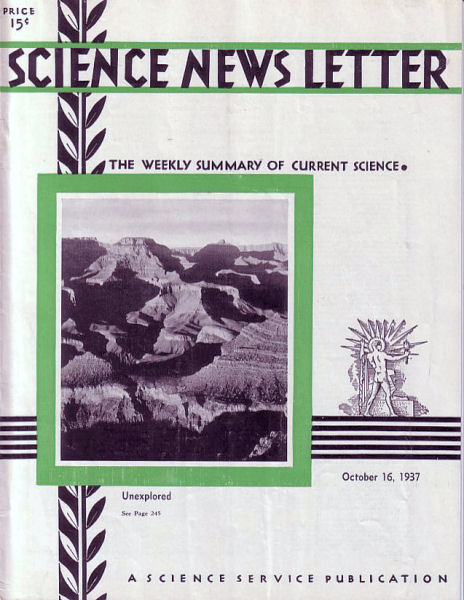From the October 16, 1937, issue

SCIENTIST DESCRIBES VISIT TO UNKNOWN ISLAND IN THE SKY
The last man is down from Shiva Temple, and today the Shiva Temple Expedition is another written chapter in the history of exploration and sciences. One of the few remaining blank spots on the biological map has disappeared.
More than 75 carefully prepared specimens from the top of the steep-sided mesa are on their way to the American Museum of Natural History in New York City for careful comparison and intensive study.